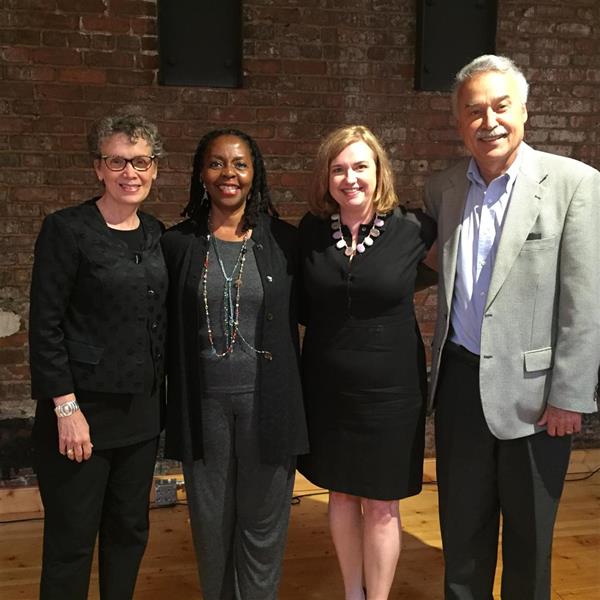posted by Alecia Kintner ON
Jun 15, 2016
In an increasingly complex and downright scary world, relating to each other — despite whatever cultural differences between us — becomes ever more important.
I think, not without dismay, about the challenges facing our political leaders, the chasm of cultural divides that threatens us as a nation. This week the threat was made horrifically real, once again. Then, I think about the tools at our disposal as citizens of a democracy, the methods with which we can choose to fight violence and evil and fear of difference.
I come up with a powerful few: Diplomacy. Compromise. Empathy. Art.
This is something I have thought and felt strongly about for a long time, I admit. My undergraduate thesis, two-plus decades ago, was entitled “Dance as a Peacemaker.” I believe art, artists, and the act of engaging in the arts can build understanding between people who are fundamentally speaking different languages. And if that is true, then the work of artists and arts organizations has never been more important, and increasing opportunities for all people to engage in the arts has never been more critical.
We are fortunate to have with us this week in Cincinnati one of our country’s leaders in building bridges to one another through the arts,
Donna Walker Kuhne. She’s here as the keynote speaker for the national convention of
Chorus America, here for the first time in the Queen City. It kicks off June 15, with more than 500 conference attendees who are interested in knowing more about our City that Sings.
 Mary Stagaman, Donna Walker Kuhne, Alecia Kintner and Alfonso Cornejo
Mary Stagaman, Donna Walker Kuhne, Alecia Kintner and Alfonso Cornejo
Donna also is graciously conducting a
“lunch and learn” workshop with 100 members of our local arts community, relating her work to our goal of leveraging the power of the arts to bridge cultural divides, one of the five parts of the ArtsWave Blueprint for Collective Action in the Arts. We included the goal in our 10-year strategic plan not only because we know how important it is, but because we know the arts can — and do — bridge cultural divides.
We’ve seen the arts connect people in Cincinnati time and again, whether it’s Ensemble Theatre Cincinnati building relationships in Over-the-Rhine or Elementz enabling urban youth to create art and collaborate with organizations including the Cincinnati Symphony Orchestra and Cincinnati Ballet. We have groups like Bi-Okoto, which envisions a world where people take pride in their heritage while appreciating the cultural expression of others, and exhibits such as 30 Americans at Cincinnati Art Museum, which highlights the work and experiences of African American artists. There are so many more examples — and yet we know there’s always more work to be done.
We might not be able to fix all the problems of the world, but we can — and will — use the power of the arts to make Greater Cincinnati a more connected community.